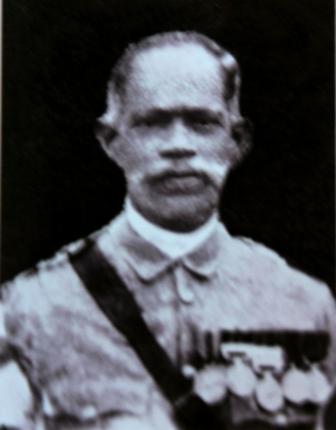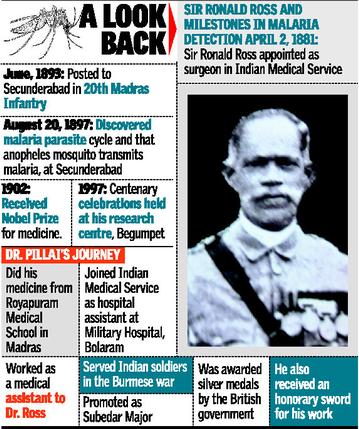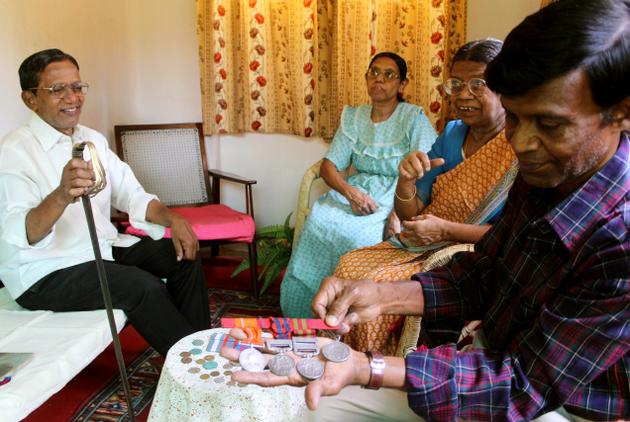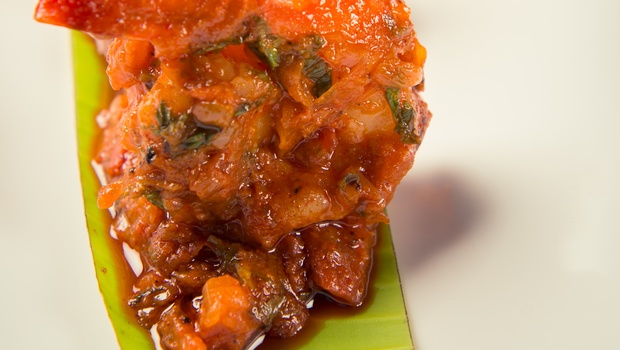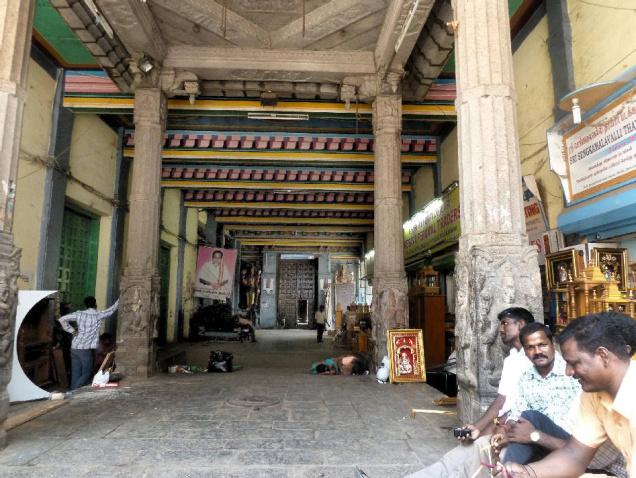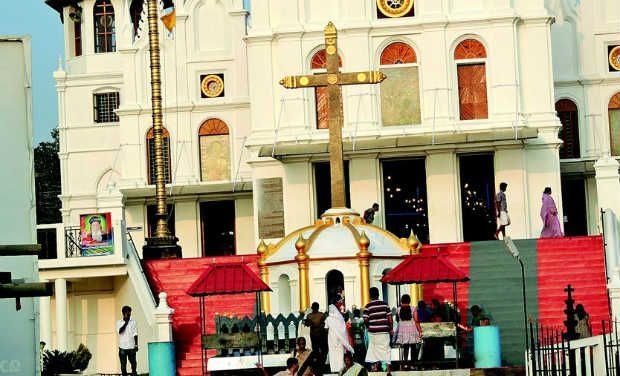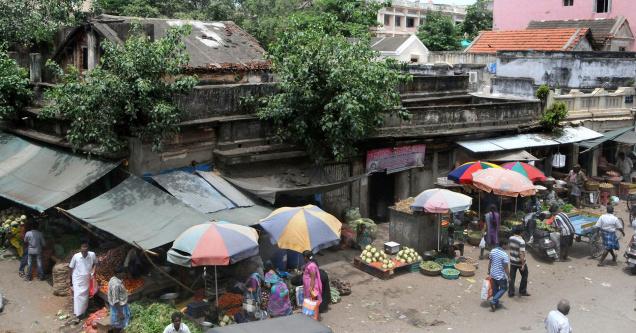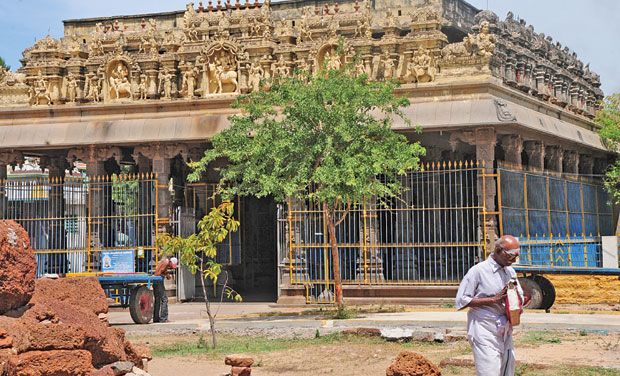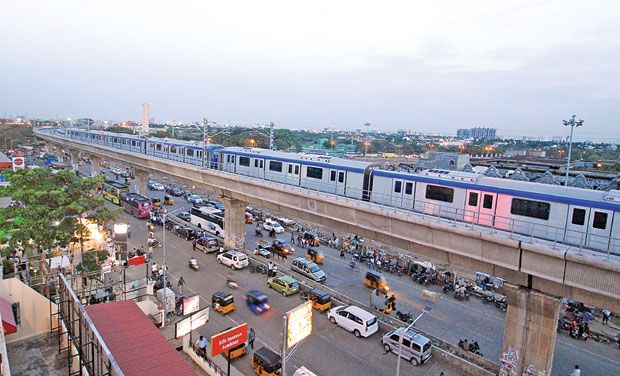Tirunelveli :
To protect thousands of migratory birds taking shelter in their village tank, Veerasamuthiram panchayat in Kadayam union in Tirunelveli has urged the government to declare it as a bio-diversity heritage site. In a grama sabha meeting held on Independence Day, the village panchayat passed a resolution appealing to authorities to declare the Vagaikulam tank a heritage site so that more conservation measures could be mooted.
According to Agasthyamalai Community-based Conservation Centre (ACCC) of Ashoka Trust for Research in Ecology and Environment (ATREE),
which carried out a study, Vagaikulam is an important nesting area for many migratory bird species and it is the only safe roosting site in an area of over 100 square kilo meters. It attracts over 10,000 birds and half of them migrate to the area on every winter season.
So far 90 species of birds have been recorded in Vagaikulam tank, including cormorants and herons. Eight species are migrants coming from Europe and four are from Himalayas. Twenty species of birds like black headed ibis, glassy ibis, oriental darter, black crowned night heron, little cormorant, Indian shag, spoon bills nest mostly on the karuvel (accacia nilotica) trees, which were planted by the social forestry division, said M Mathivanan of ACCC.
However, 80% of these nesting trees have been cut down after they were auctioned and villagers have taken up a legal battle to protect the remaining trees, said A Nagoor Kani, president of Veerasamuthiram panchayat. “The contractor has applied for fresh felling orders hence we have decided to safeguard our tank and birds,” he said.
During the grama sabha meeting, they passed resolution to declare it as bio-diversity heritage site and prevent further felling of trees. The villagers also invited Alankulam MLA, Rajendra for the meeting and he planted a tree inside the tank. The villagers are now planning to plant more trees in the tank area. “The birds give us an identity and many research scholars and college students come here to see birds. We want our tank to be protected,” said R Poomani, a panchayat ward member of Veerasamuthiram. “After Koonthankulam, a bird sanctuary in Tiruenveli district, Vagaikulam is next big nesting site for migratory birds in the district. A bio-diversity heritage tag will help villagers to save their tank and protect these migratory birds,” Mathivanan mentioned. Having passed the resolution, the villagers have decided to apply to National Bio-diversity Authority office in Chennai for recognition.
source: http://www.timesofindia.indiatimes.com / The Times of India /Home> City> Madurai / TNN / August 24th, 2014
